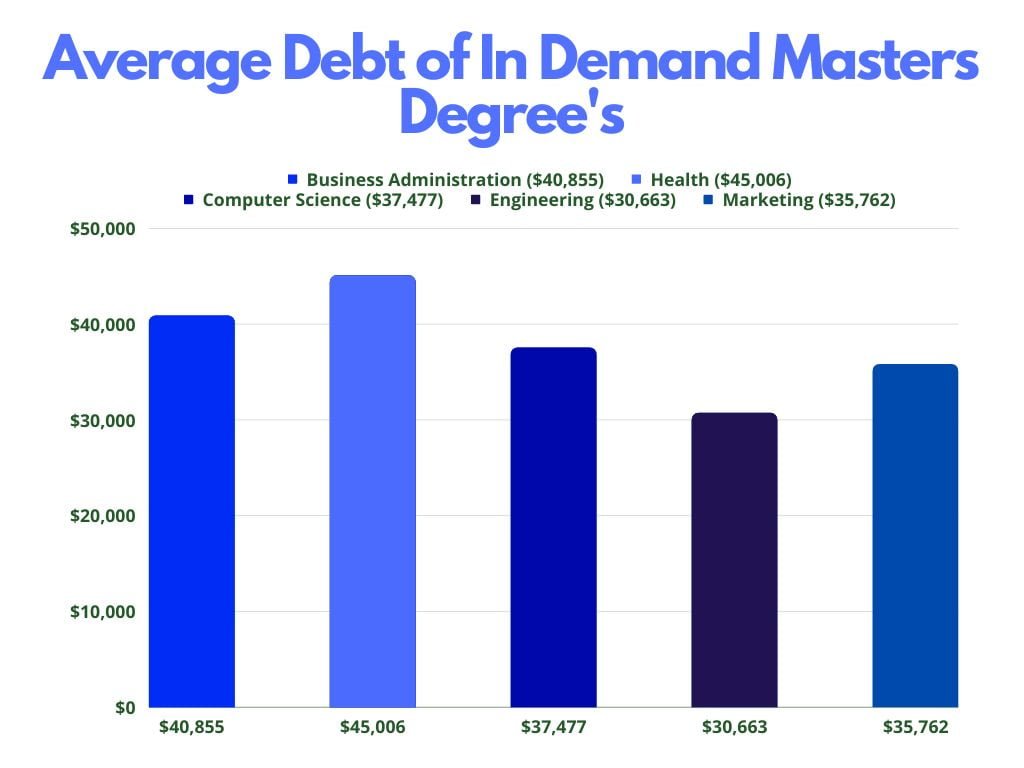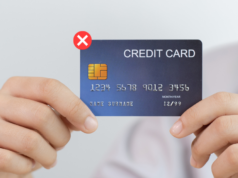Sure as the sun will rise every day, that monthly payment (or payments) for your student loans will come due. On top of all the other expenses you manage, from your mortgage payment to your car insurance to putting food on the table for your family, it’s likely you’re carrying a heavy load of education debt. Students who borrowed money to earn a bachelor’s degree owe an average of $37,693 in student loan debt. Medical students, on average take out loans totaling $215,000. Lawyers typically take on about $165,000. Students who graduate with an MBA from a top school may owe as much as $100,000. And the burden of living with student loans just got heavier: record inflation and rising mortgage and credit card interest rates are making matters worse.
It’s hardly a comfort, when that bill comes due, knowing that you’re not alone. You may be at a loss for what to do. But can you rise above the challenges posed by today’s economy and the choices you’ve made along the way to being an educated professional? Absolutely. But you may need to take time to reflect a little on what matters most to you in life. Perhaps adjust your attitude towards earning and spending. And most importantly, come up with a new plan to help you manage financial adversity and become more resilient in the process. Are you game? Following these few tips can lift your spirits as you lift yourself out of debt.
Tip #1: To Thine Own Self Be True
You’re probably pretty clear on what you earn each month. The check you get every couple of weeks tells you as much. But things get a little murkier when you ask yourself how much you spend every month, don’t they? Let’s tick off a few items you should be recording to kick-start your self-examination:
- How much do you pay in total for your utilities, including your cell phone and tablet services?
- What do you pay for auto and health insurance?
- How much do you pay each month on your credit card accounts? How much of that money goes toward interest payments?
- How much do you spend on cocktails, concerts, and dinners out with friends?
- How many music and TV streaming subscriptions do you shell out for every month? And the corollary question: how many of them do you actually use?
- What about your grocery bills?
- If you share life with a four-legged friend, what are your pet-related costs?
These items alone add up to hundreds or even thousands of dollars. But few of us are in the habit of tracking our expenses that closely. Step one to getting out of debt fast is to know where exactly your money is going.
Tip #2: Do the Arithmetic
You learned it in grade school. Now use it. Make a very detailed list of your expenses—down to the last latte—and then subtract them from your monthly expenses. Are you down to the wire every month paying your essential expenses? Then it’s time to look at your discretionary spending. Switch from craft beers to something less expensive. Pack your lunch instead of eating out. Cancel one of your streaming subscriptions. Shop the thrift stores first for clothing. These small lifestyle changes, and others you can think of on your own, will make it possible for you to pay down your high-interest credit card balances and save you even more in the long run.
If you’ve done the math and there’s anything left, give yourself pat yourself on the back and take time to feel some gratitude. You’re luckier than a lot of people. About two-thirds of the US population lives paycheck to paycheck, with nothing left over at the end of the month. The amount you’re not spending is money you’re saving. So stash your surplus cash in a savings account or invest it in a low-risk asset. Buy a life insurance policy that offers an investment feature. Purchase some government bonds. Open an IRA and get yourself in a better federal tax position. Or, if you’re not putting the maximum you’re allowed to in your employer-sponsored 401K, consider upping your automatic contribution.

Better yet, if you’re targeting student loan debt, make some extra payments against your loans. As you reduce your loan principal, the amount you pay in interest will decrease. Also, be sure you’re signed up for automatic payment on your student loans. Most lenders offer an interest rate discount when you choose that option.
Tip #3: Consider Refinancing Private Loan Debt
Depending on when you took out your loans, you could save money by refinancing your student loans. Interest rates dipped precipitously during the early years of the global pandemic and that was the ideal time to refinance. But current rates may be lower than the rate you’re paying. Many graduates carry student loan debt for as many as 30 years. So compare the rate you’re paying now to current rates and see if you’re able to glean some savings.
Tip #4: Save on Federal Income Taxes
Do you have your taxes prepared by an accountant or do you do them yourself? If you take the DIY route, you may be missing out on a student loan tax deduction. In 2022, you can deduct up to $2500 of payments toward qualifying student loans. That’s a tidy sum. And it may push you into a lower tax bracket, which can save you hundreds of dollars more. Honestly, a single dollar less in taxable income has the potential to reduce your tax obligation by up to 10%. Don’t miss out on the savings. It’s there for the taking. Once again, could use the money you save to make extra student loan payments.
Tip #5: Ask Your Employer for Assistance
The job market favors employees now. Many companies are struggling to fill open positions and are offering new incentives to attract top-notch candidates and retain their best employees. One strategy they’re using is offering student loan repayment assistance. According to current tax regulations, employers can contribute up to $5,250 to repaying employees’ student debt. It earns them tax advantages when they do so. And the money they give you doesn’t increase your taxable income. So inquire whether your company offers assistance. Or, if you’re looking for a new job, look for an offer that includes repayment assistance.
Tip #6: You May Qualify for Student Loan Forgiveness
If you took out loans under the Direct Loan program offered by the federal government, you may be eligible for a fantastic benefit: Public Service Loan Forgiveness (PSLF). It depends on the career path you chose. If, during your loan repayment period, you worked for a qualifying organization, including U.S. government organizations (federal, state, local or tribal) and not-for-profit organizations with a valid 501(c)(3) status from the Internal Revenue Service, you can shave thousands of dollars off your student loan debt, by applying for PSLF forgiveness. There are several eligibility requirements for borrowers, including having worked in a qualifying position and made 120 payments toward your federal loan debt. And there’s quite a bit of paperwork involved. But if you have a large amount of debt, PSLF is a speedy way to reduce it. Note that private student loans don’t qualify for PSLF.
Tip #7: Take A Multi-Pronged Approach
Reducing your student debt has tremendous potential to improve your quality of life. On average, it takes students 21 years to pay off their student loans. No one wants that seemingly endless financial pressure. Not every avenue of saving on student loans is available to every person. But your financial rewards can add up if you follow even a couple of our tips in combination. Create a student loan strategy for yourself and pursue your debt reduction plan diligently. You’ll love the feeling of having some of the weight of your loans lifted from your shoulders.
| Student Loan Reduction Tips | Why? |
| Note your fixed expenses and income | So you can create a reasonable budget |
| Start a savings program | So you can make extra student loan payments and reduce your loan principle |
| Consider refinancing your loans | Because you may be able to find a lower interest rate |
| Take advantage of federal tax deductions for student loan payments | You may move into a lower tax bracket and save thousands of dollars. |
| Ask your employer about loan repayment assistance | Your employer can contribute up to $5,250 to your debt and get tax advantages |
| Seek Direct Loan forgiveness from the Federal government | If you’ve worked in public service for 10 years, you may have all of your Direct Loans forgiven |
| Create a student debt reduction strategy | By combining debt reduction tactics, you’ll save more and be free of your debt sooner |










